
The first time I arrived in Nosara I felt the jungle open up before my eyes, like if there was a magnetic force welcoming its visitors. It was November 2019 and the community was shrouded in a thin white layer of the dust from the ballast streets that ruled at the time. The internet was failing, my skin was itching and my eyes were burning, and yet it was so easy to fall in love with this distant and mystical town that awaited me.
Nosara, although dusty and turbulent, had an undeniable charm. That time I went to listen to a speech by First Lady Claudia Dobles on Route 160. I had the feeling of being immersed in a modern jungle, coexisting with coatis and monkeys in the middle of the road. At the same time, I felt the strength of groups that didn’t hesitate to unite to fight and appeal for the good of the town, even though they had conflicts and disagreements between them.
A community that time has filled with colors, smells and accents that are slowly trying to understand each other. Nosara was like no other town, but it represented the shortcomings and needs of many other coastal places in Guanacaste and the country. That November, I promised myself to immerse into Nosara. I’m still trying to do that.
At that time, I’d been living in Costa Rica for just over a year and I’d been in the province for almost a month, after joining The Voice of Guanacaste. I’d been through a time of turbulence and suddenly my main goal in life was to understand a coastal town that I had never been to. It seemed easy, dreamy, but Nosara is not just any town. It is a land with a life of its own.
A little more than two years later, I like to think that, more than “understanding Nosara,” the people in the community made and continue to make the decision to educate me and support me in my conquest. It’s not that I already discovered the “key” to covering stories in the town or that I don’t need to know more about it. Nosara is constantly changing, and I have to keep up with those changes. I’m always learning.
With those same desires of learning and giving back more to the town, we launched this newsletter in 2020, to share in-depth news stories on the most relevant topics for the community. It was a challenge that I took on very happily, but I couldn’t forget that we were in the middle of a pandemic and The Voice had never done a project like it before. In the end, the newsletter was a way of coping with the economic blows caused by the health crisis, trying to form a kind of relationship of mutual assistance with our Nosara readers.
That’s why we launched it as a newsletter with paid subscriptions. Each subscriber also paid the subscription for another member of the community who couldn’t afford their membership at that time. Our goal was to cover most aspects of the community: its history, its culture, the challenges it faces due to the climate crisis, and the social safety challenges it has yet to overcome.
So interviewing many people from the community, I delved into the inner workings of Nosara little by little. I went from understanding why I can’t afford to pay rent in the community on my salary as a journalist, to understanding how the American project began, told through the eyes of one of its founders, Beverly Kitson.
That constant help from the community has made me think about Nosara not just as the green and mystical paradise that everyone sees at first— which I still believe it is— but also with a more critical eye, with which it’s possible to see the inequalities and big challenges that the town faces.
We talked about inequalities in the community’s educational system, irregularities in public infrastructure in the area and we even revealed a series of complaints from women who suffered sexual assault at parties in the district. These articles fill me with pride as their main objective is to provide the community with information that gives them tools to build a better Nosara.
After getting through what I think was the worst of the pandemic, our team began to think about how to improve the project, which was created two years ago this coming May. We concluded that we’re serving up a plate of information every two weeks that we can’t give to just a few people. Everyone deserves to delve into Nosara. That’s why, starting today, neither you nor anyone else will have to pay to receive this newsletter.
Since we know that there are people who believe in investigative journalism as a catalyst for development, we want to finance this project with the collaboration of local businesses in Nosara and other parts of Guanacaste that want to advertise or partner with us for new commercial projects.
We also want to work hand in hand with people like you who always support us and believe in our journalism and its impact. Although we’re not going to put a wall of a monthly fee to receive it, your voluntary donations month to month will help us to put together more and more stories about the community.
I’m not a fan of spoilers, but the next newsletter will deal in depth with the water situation for buildings in the town, and in the one after that, I’ll tell you about the beginnings of the cemetery in front of Guiones, which holds the remains of iconic figures in the district like Mark The Welder or David Kitson.
It sounds cliché, but when I came to Nosara, I thought I was only going to stay for a year. Without wanting to or planning it, I began to put down roots in this piece of Guanacaste’s lowlands and now I can’t imagine a future in which I could live my life far away from this coast. Hopefully together, we can continue telling local stories for a lot longer.
I’d also love to hear your perspectives and opinions about the community and our work. That’s why I invite you to reply to this email and tell me what you think about these changes and about topics you’d like to read about.
If you haven’t yet signed up for the newsletter, you can be part of our community by clicking this link.
Suscribe here
And if you already have, I kindly ask you to recommend us to your friends and family. We want to reach every corner of Nosara and beyond.


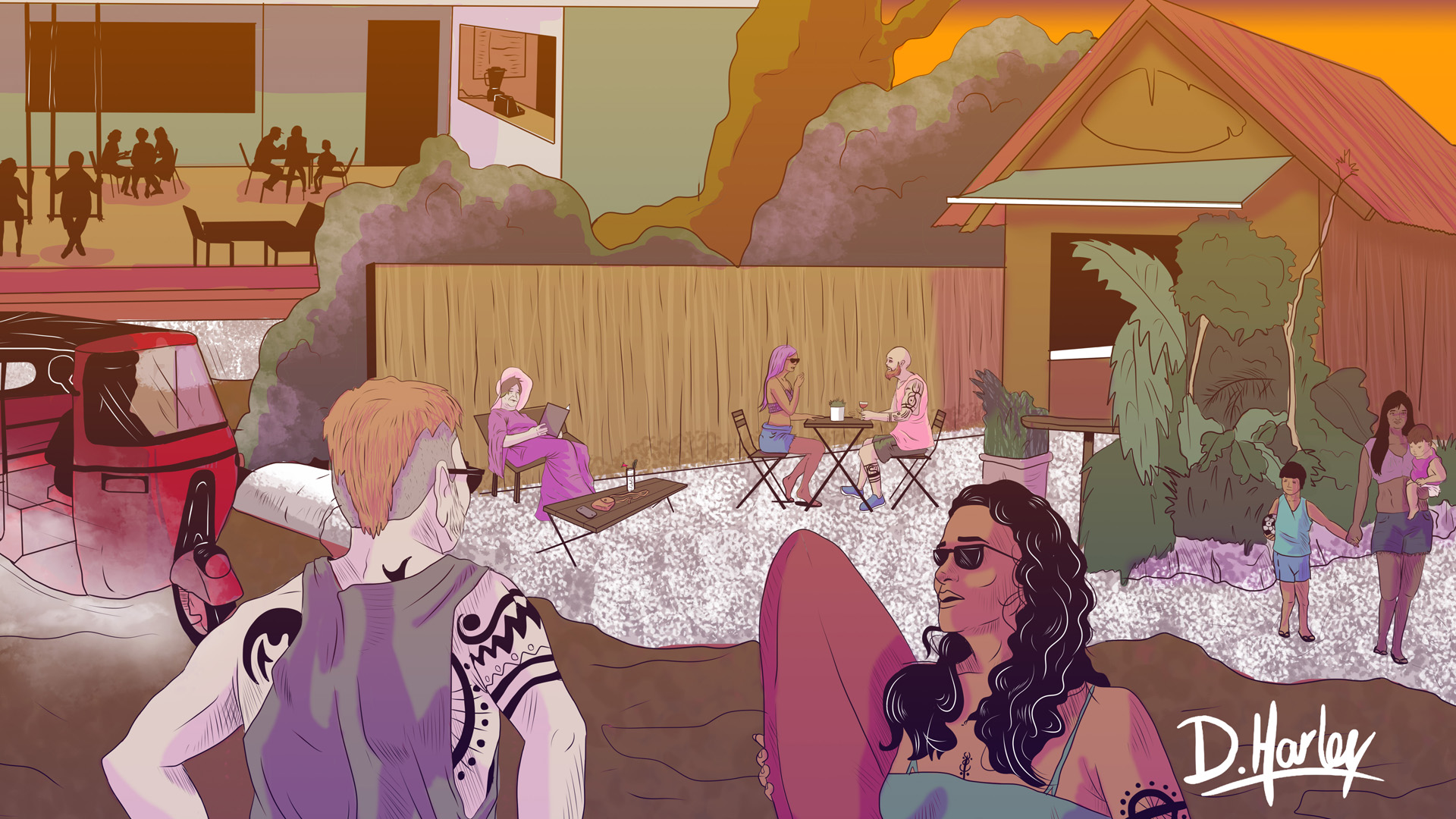
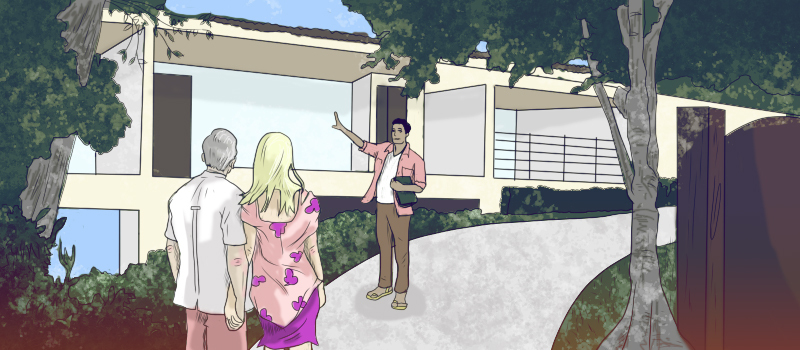
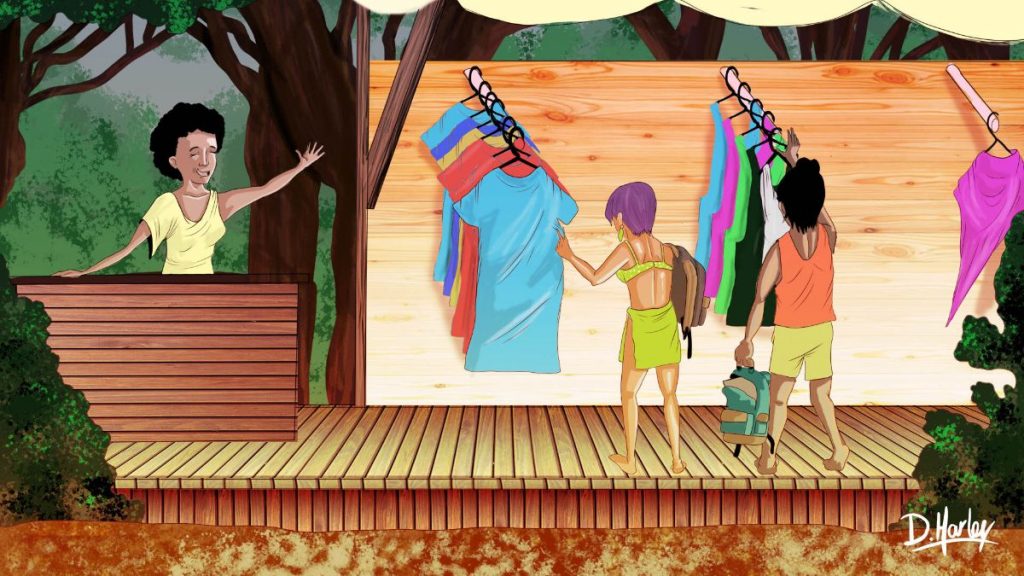
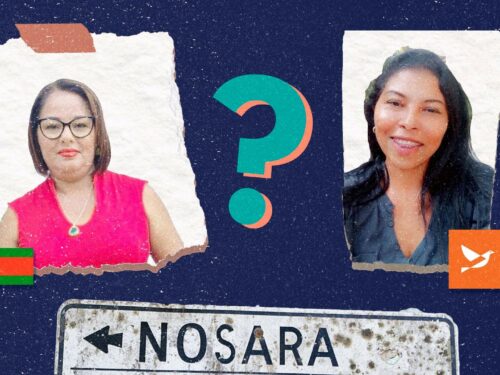
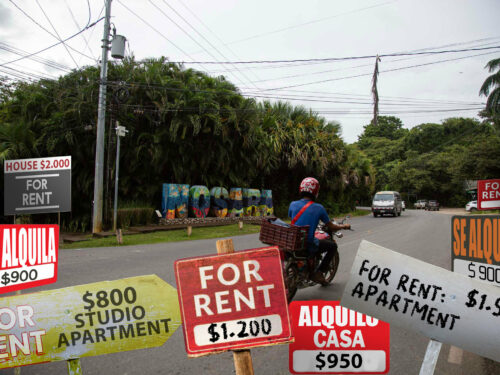
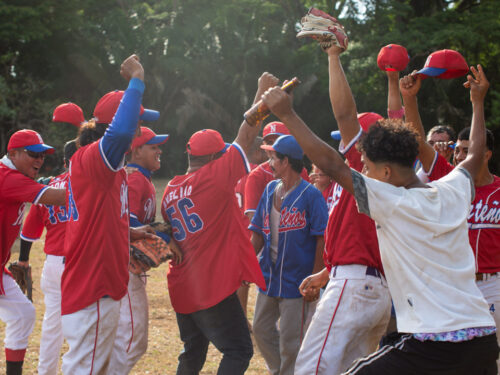

Comments